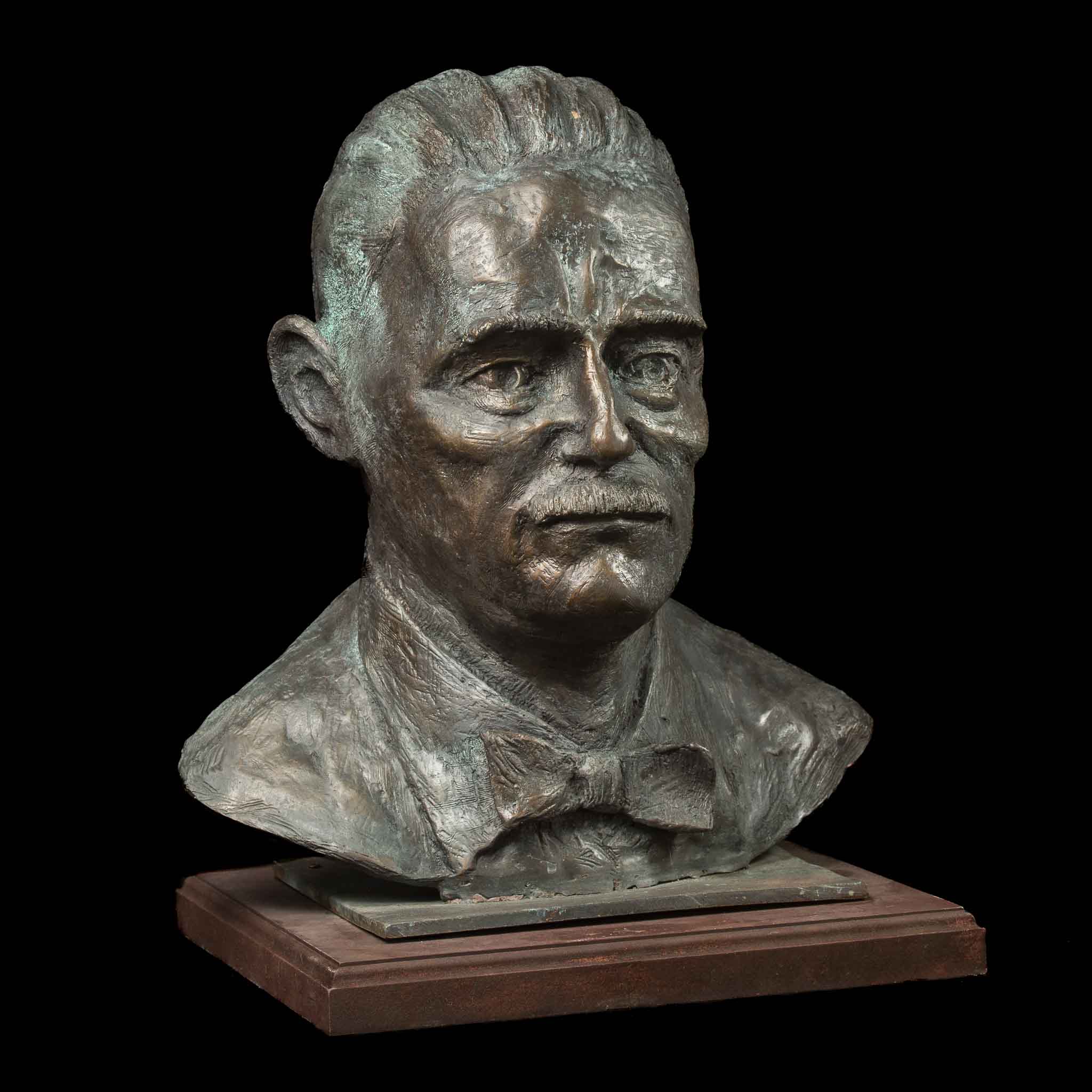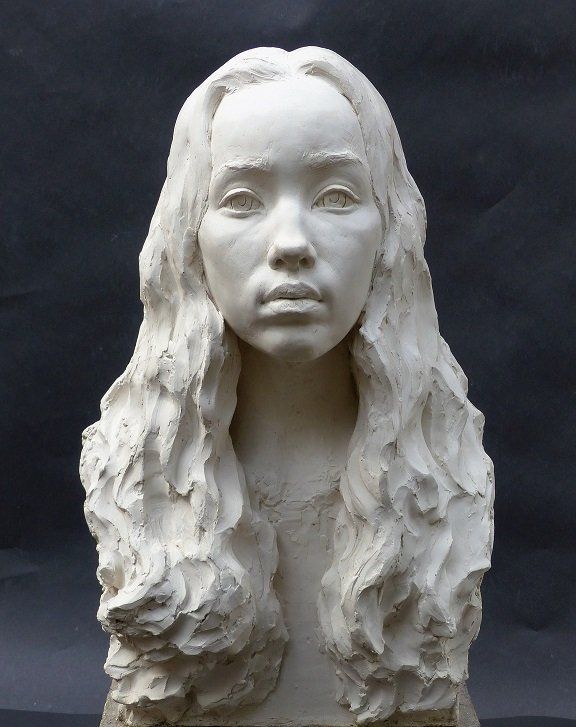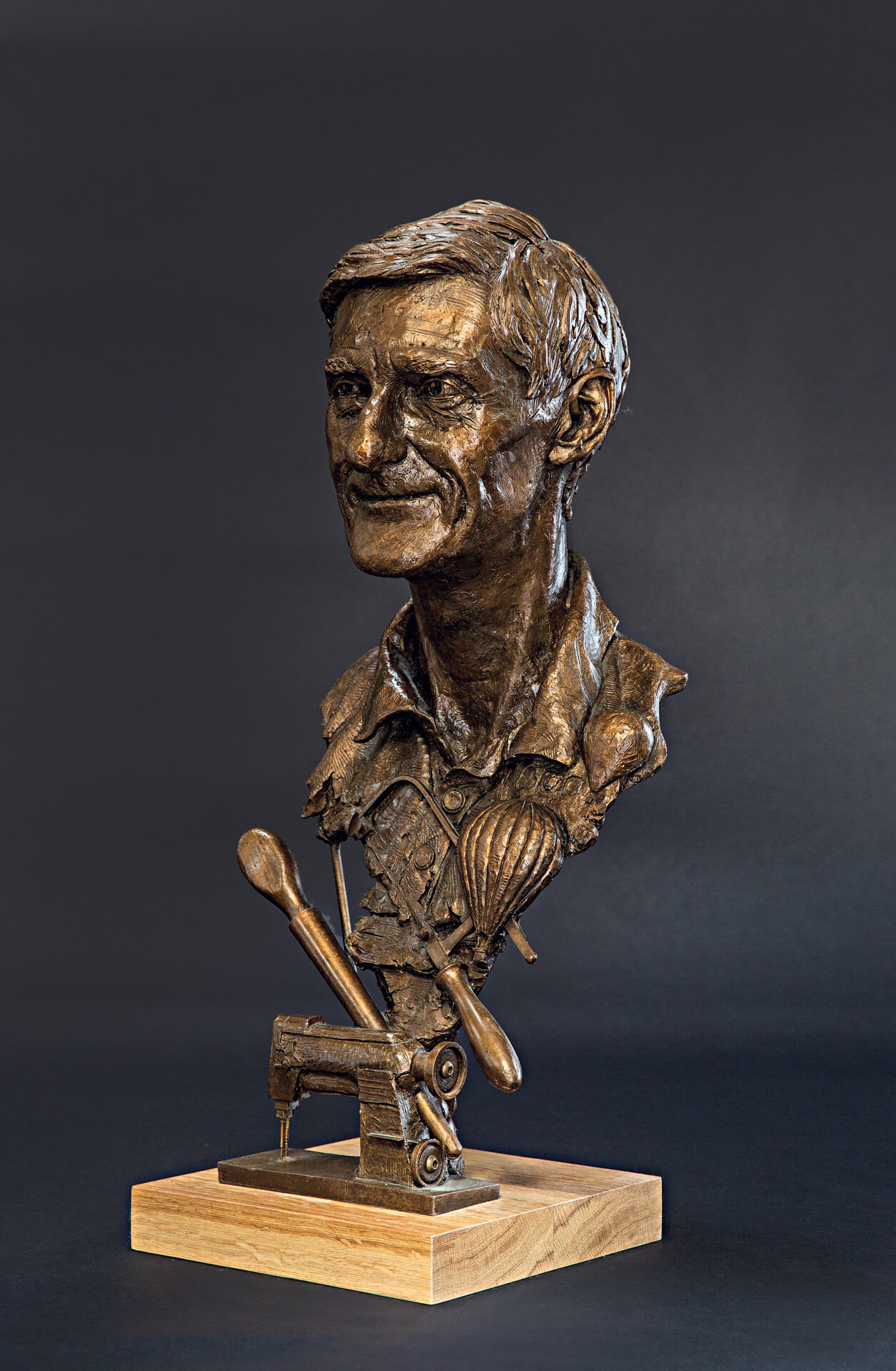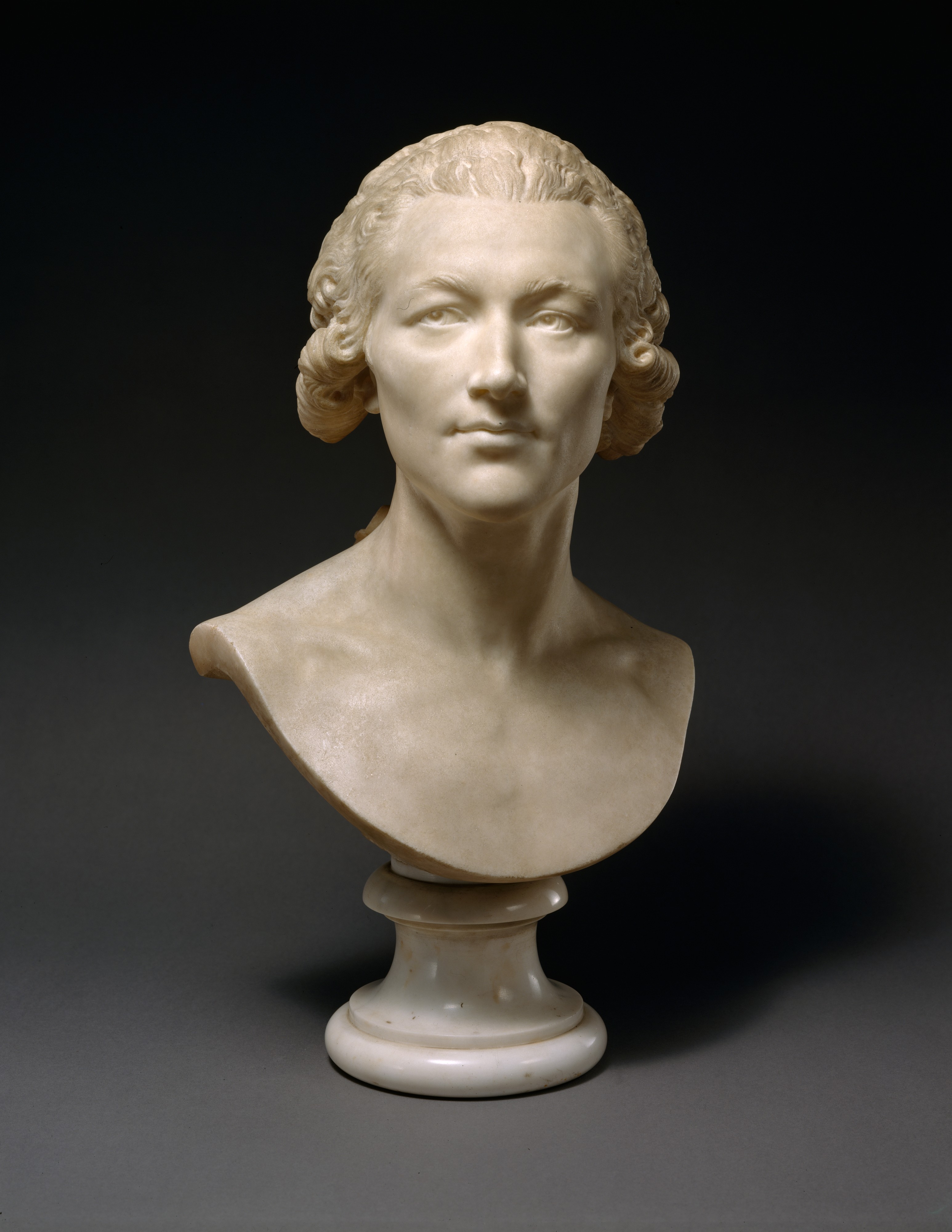The Evolution of Sculptures: From Ancient to Modern
The Evolution of Sculptures: From Old to Modern. Bronze Sculptures.
Sculpture, among the oldest kinds of art, has actually been an indispensable part of human world for centuries. From the ancient worlds of Egypt and Greece to the modern-day era, sculptures have advanced, reflecting modifications in imaginative strategies, materials, and social impacts. This trip via time traces the advancement of sculptures, discovering the changes in vogue, subject, and creative expression.
Starting with the old globe, sculptures crafted from rock and later bronze captured the essence of deities, rulers, and daily life. The Renaissance duration observed a revival of classical sculpting methods, as musicians looked for to mimic the elegant kinds of ancient Greek and Roman sculptures (Robert C Hitchcock Sculptor). In the modern-day age, artists tested conventional borders, accepting abstraction and experimentation with new products
This exploration will look into the diverse development of sculptures, revealing the abundant tapestry of imaginative expression throughout different durations and cultures.

Old Sculptures: From Rock to Bronze
Ancient sculptures transitioned from being sculpted out of rock to being cast in bronze. This shift marked a significant development in the art of sculpture, allowing for higher improvement and information in the finished works. Rock sculptures, while outstanding in their very own right, were restricted by the nature of the material. Rock called for substantial sculpting and shaping, usually leading to an extra simplified representation of the subject.
The intro of bronze as a medium for sculptures caused a revolution in imaginative expression. Bronze used sculptors the possibility to produce lifelike and elaborate forms that were not possible with stone. The process of casting bronze enabled the creation of multiple copies of a sculpture, enabling wider distribution and preservation of these artistic masterpieces.
The transition from stone to bronze also saw a shift in the subject matter of sculptures. While stone sculptures predominantly depicted gods, sirens, and mythical numbers, bronze sculptures started to show a wider variety of topics, consisting of daily individuals and animals. This growth of subject showcased the versatility and versatility of the bronze medium.
Renaissance Resurgence: Shaping in the Classic Style
The Renaissance revival of sculpture witnessed a revival in the classical design, structure upon the improvements made during the transition from rock to bronze in ancient sculptures. During this duration, musicians sought to recreate the classical visual and suitables of appeal that prevailed in ancient Greek and Roman sculptures.
Among the crucial qualities of the Renaissance revival was the focus on naturalism and the human kind. Carvers like Donatello and Michelangelo aim to capture the anatomical information and expressions of their topics with unprecedented precision. They studied the human body and incorporated their observations into their sculptures, resulting in lifelike and practical depictions.
Another crucial aspect of the Renaissance rebirth was the exploration of viewpoint and deepness. Artists made use of methods such as contrapposto, where the weight of the body is changed to one side, developing a sense of activity and dynamism. They also tried out with different products, including marble and bronze, to attain a level of class and complexity in their sculptures.

Modernism and the Avant-Garde: Damaging Standard Boundaries
During the Modernism and Avant-Garde activities, sculptors pressed the limits of typical creative conventions. This duration, which emerged in the late 19th and very early 20th centuries, saw a remarkable change in the way artists came close to sculpture. Rejecting the concept of art as simple imitation, modernist carvers looked for to explore new types, products, and principles.
One of the essential features of modernist sculpture was the focus on abstraction. Sculptors moved far from practical depictions and instead concentrated on recording the significance of the subject with streamlined kinds and geometric forms. This departure from standard depiction enabled musicians to express their emotions and ideas in an extra subjective and individual way.

Contemporary Sculptures: Discovering New Products and Concepts
With a concentrate on exploring new products and principles, contemporary sculptures have transformed the area of art. Artists today are pressing the borders of typical sculpture by utilizing ingenious products and exploring with abstract concepts. These sculptures challenge conventional notions of materiality, type, and definition, inviting customers to participate in a thought-provoking and new imaginative experience.
Contemporary sculptors are accepting a variety of products, consisting of plastic, glass, steel, and also natural matter. They are not limited to the traditional medium of rock or clay, permitting for better freedom of expression and trial and error. This shift towards unusual products has actually opened up new opportunities for Continued artists to create sculptures that are vibrant, interactive, and aesthetically striking.
In addition to exploring brand-new materials, modern sculptures additionally explore facility and abstract ideas. Artists are currently discovering styles such as identity, social concerns, and the environment, using sculpture as an effective medium for social commentary and self-questioning. These sculptures challenge audiences to think seriously and engage with art on a much deeper degree, sparking discussions and prompting emotional feedbacks.
Worldwide Impacts: Sculptural Customs From Around the World
Sculptural customs from numerous regions of the globe have significantly shaped the advancement of sculptures throughout history. The international influences on sculpture have actually been diverse and have actually contributed to the richness and variety of creative expressions. From the old people of Egypt, Greece, and Rome to the intricate makings of Oriental societies, each region has created its distinct sculptural practices that have affected artists throughout time.
In ancient Egypt, sculptures were created primarily for funerary and spiritual functions. The renowned sculptures of gods and pharaohs, such as the Great Sphinx and the breast of Queen Nefertiti, showcase the Egyptians' proficiency of stone sculpting and their belief in the immortality.

In old Rome, sculpture offered both creative and political objectives. Roman sculptures commonly depicted emperors, generals, and mythological numbers, mirroring the power and splendour of the realm. The marble statue of Augustus of Prima Porta and the significant Arch of Constantine are noteworthy instances of Roman sculptural achievements.
Asian sculptural traditions, particularly in India, China, and Japan, have also had a profound influence on the advancement of sculptures. Japanese sculptures, affected by Buddhism, highlight simplicity and serenity, seen in the peaceful statues of Buddha and the elegant art of bonsai.
The global impacts on sculpture proceed to advance in the modern-day period. Musicians today attract motivation from different sculptural traditions, including brand-new products, strategies, and principles to develop cutting-edge and thought-provoking artworks. The fusion of various cultural influences has actually provided surge to a dynamic and varied sculptural landscape, showing the interconnectedness of our global culture. As we want to the future, it is certain that the international influences on sculpture will proceed to shape and redefine this ancient art kind.
Final Thought
To conclude, the evolution of sculptures has actually seen a shift from old stone and bronze works to the timeless resurgence during the Renaissance. This was adhered to by the breaking of conventional borders with modernism and the progressive motion. Today, modern sculptures explore brand-new products and ideas, while additionally drawing motivation from global sculptural practices. The journey of sculptures shows the ever-changing artistic expressions and cultural impacts throughout history.
From the ancient civilizations of Egypt and Greece to the contemporary age, sculptures have progressed, showing changes in imaginative strategies, products, and cultural impacts.Beginning with the ancient world, sculptures crafted from stone and later on bronze recorded the significance of deities, leaders, and daily life.Ancient sculptures transitioned from being carved out of rock to being cast in bronze. While stone sculptures mainly shown gods, sirens, and mythical numbers, bronze sculptures began to reflect a wider variety of subjects, including daily people and animals.In final thought, the development of sculptures has actually seen a change from ancient stone and bronze works to the classic resurgence during the Renaissance.